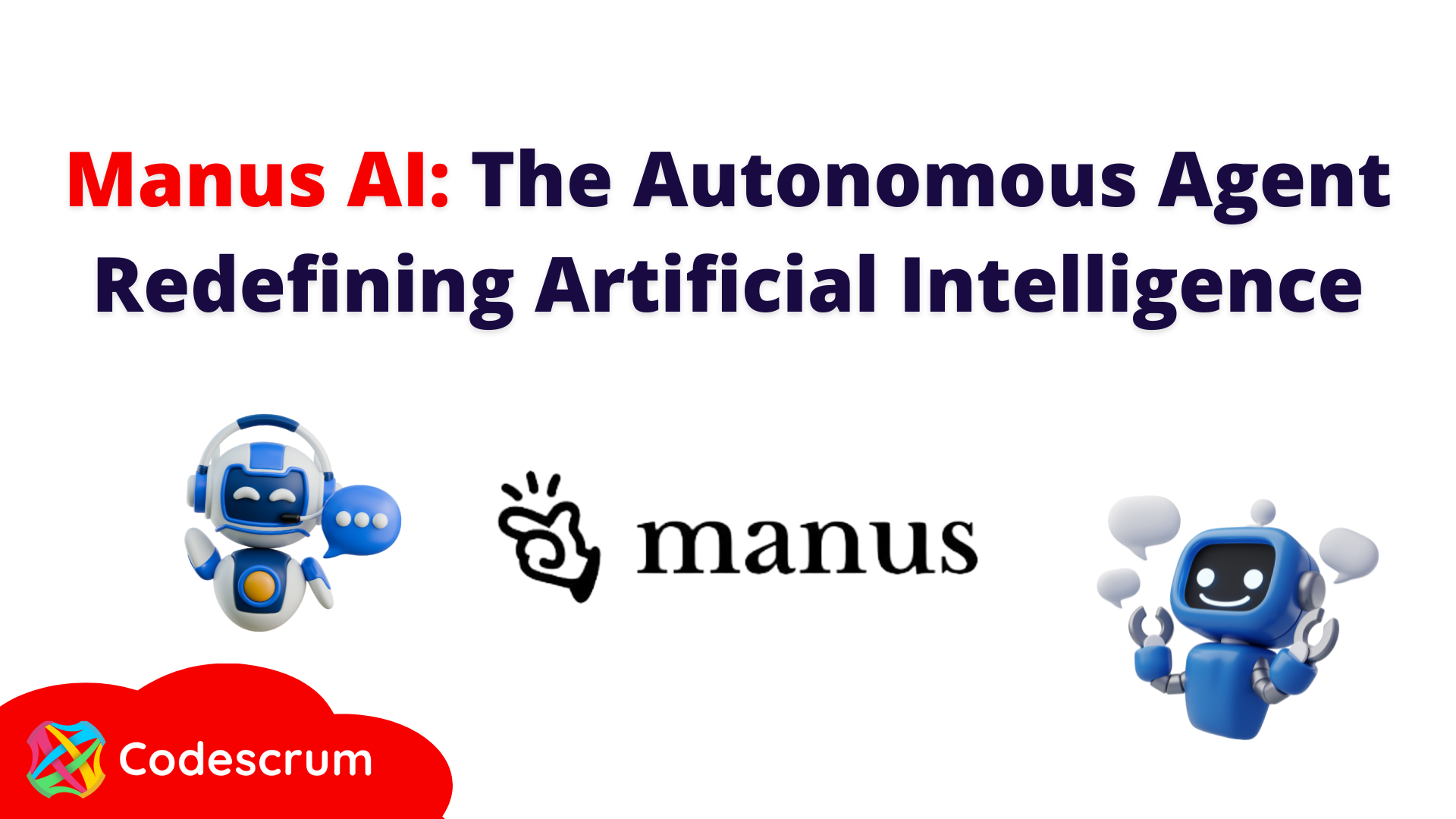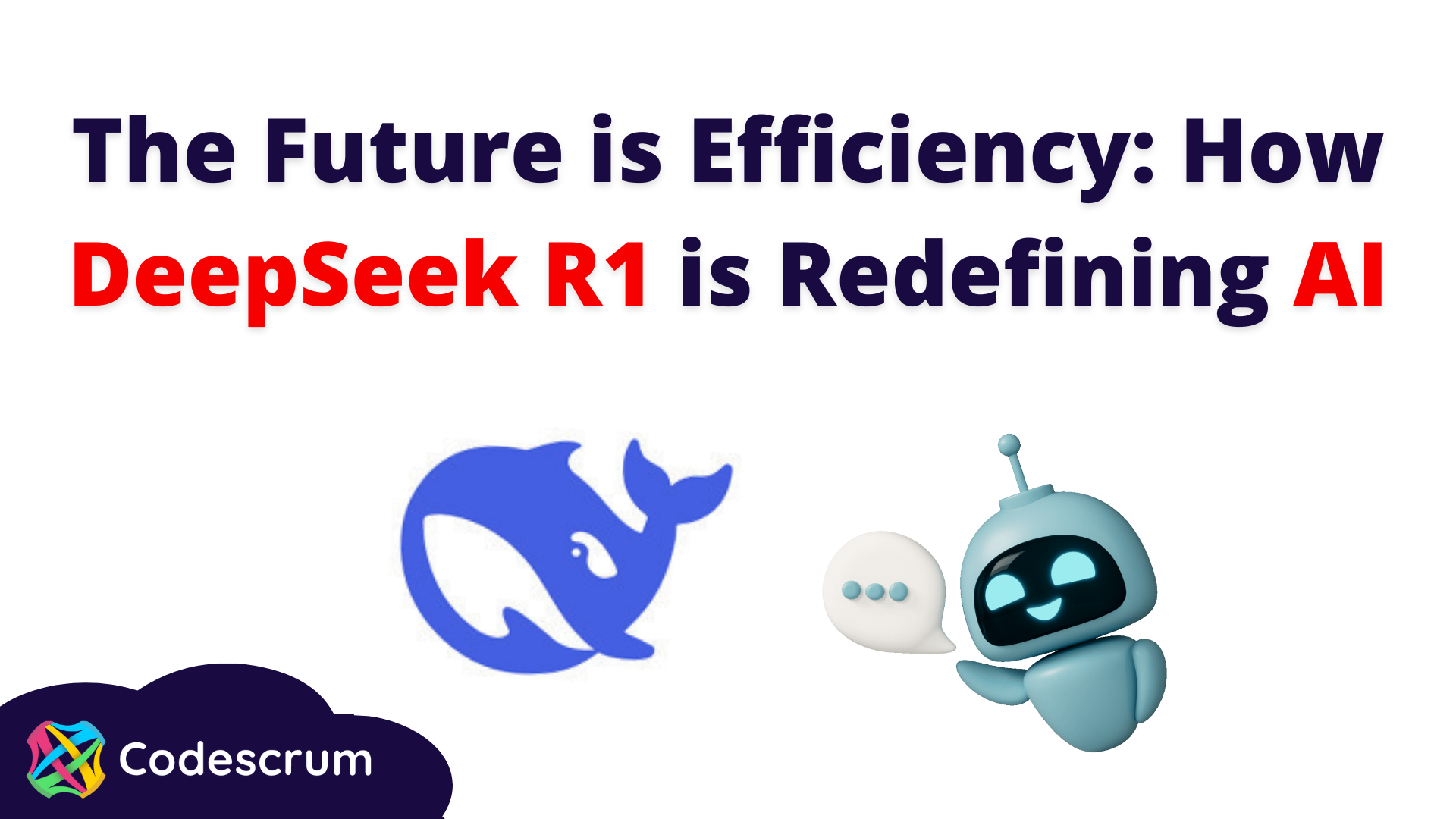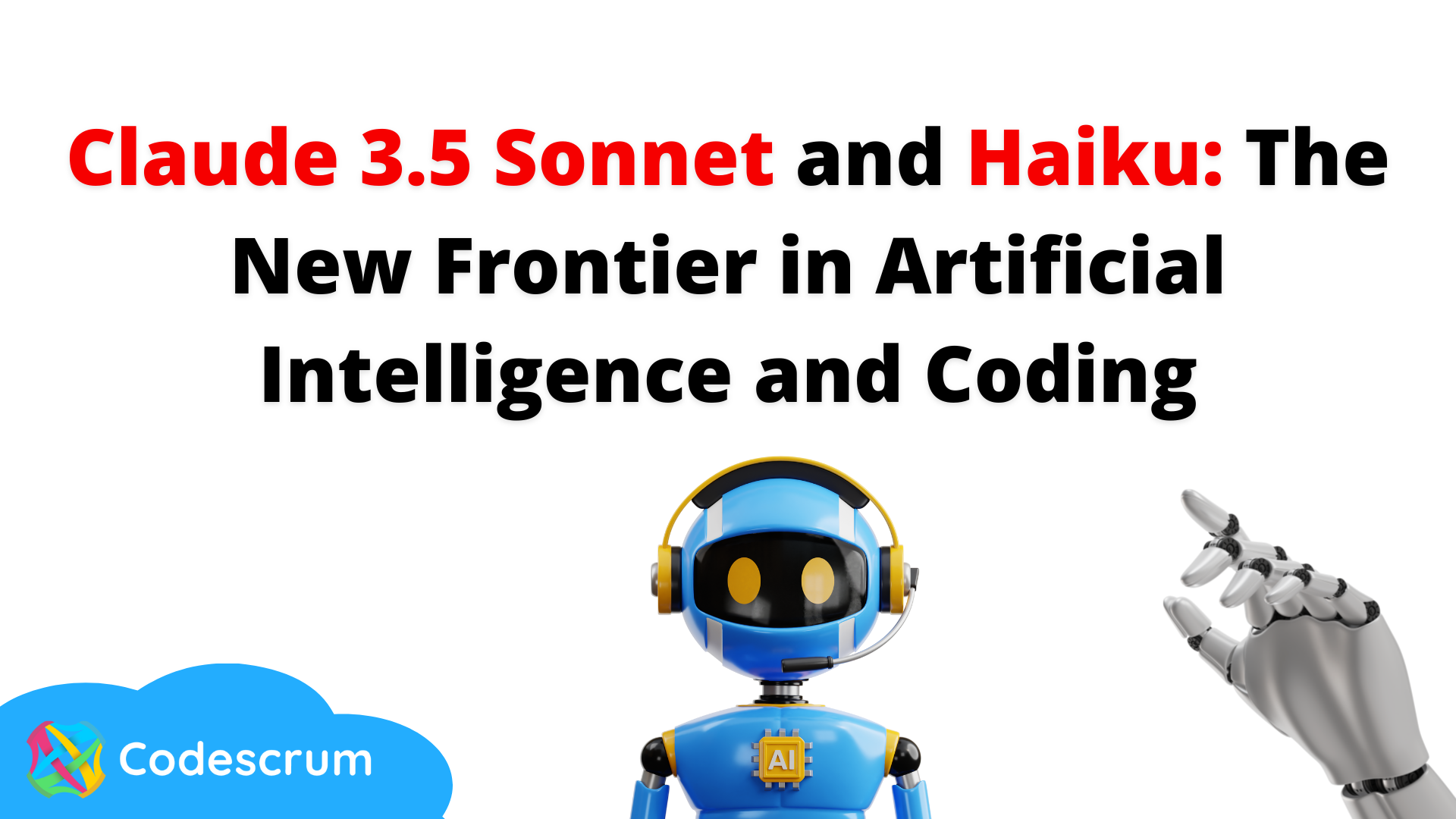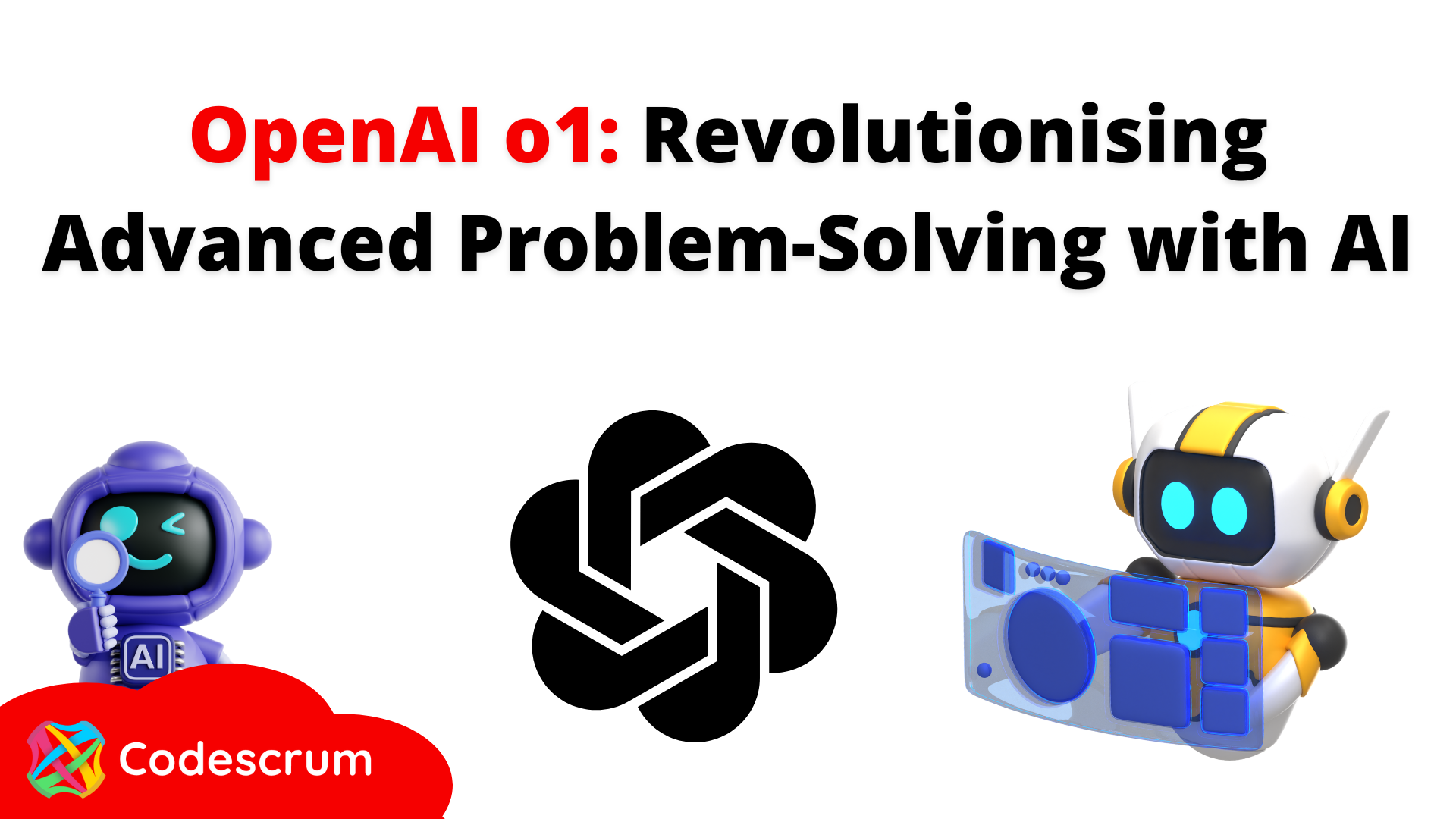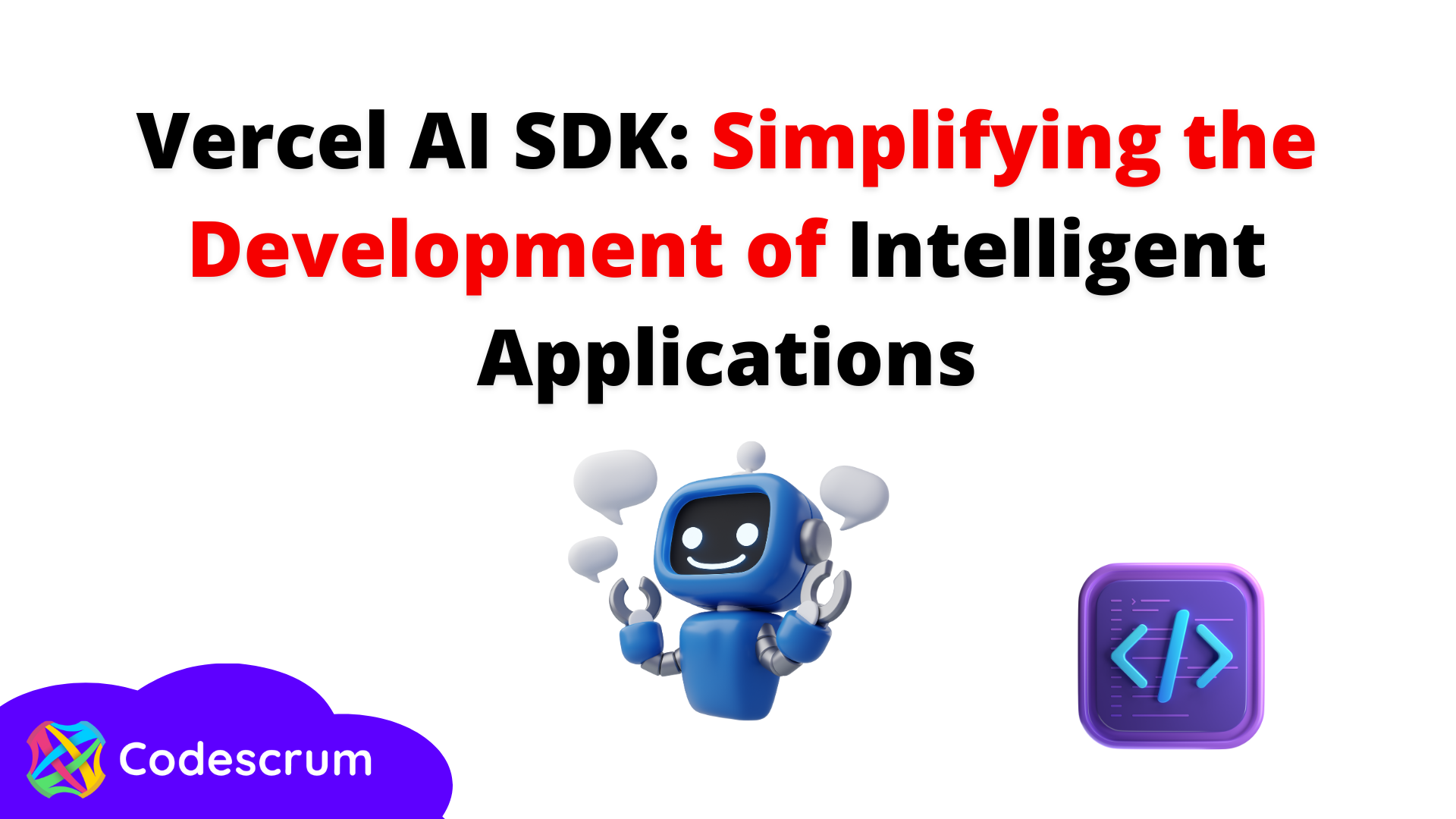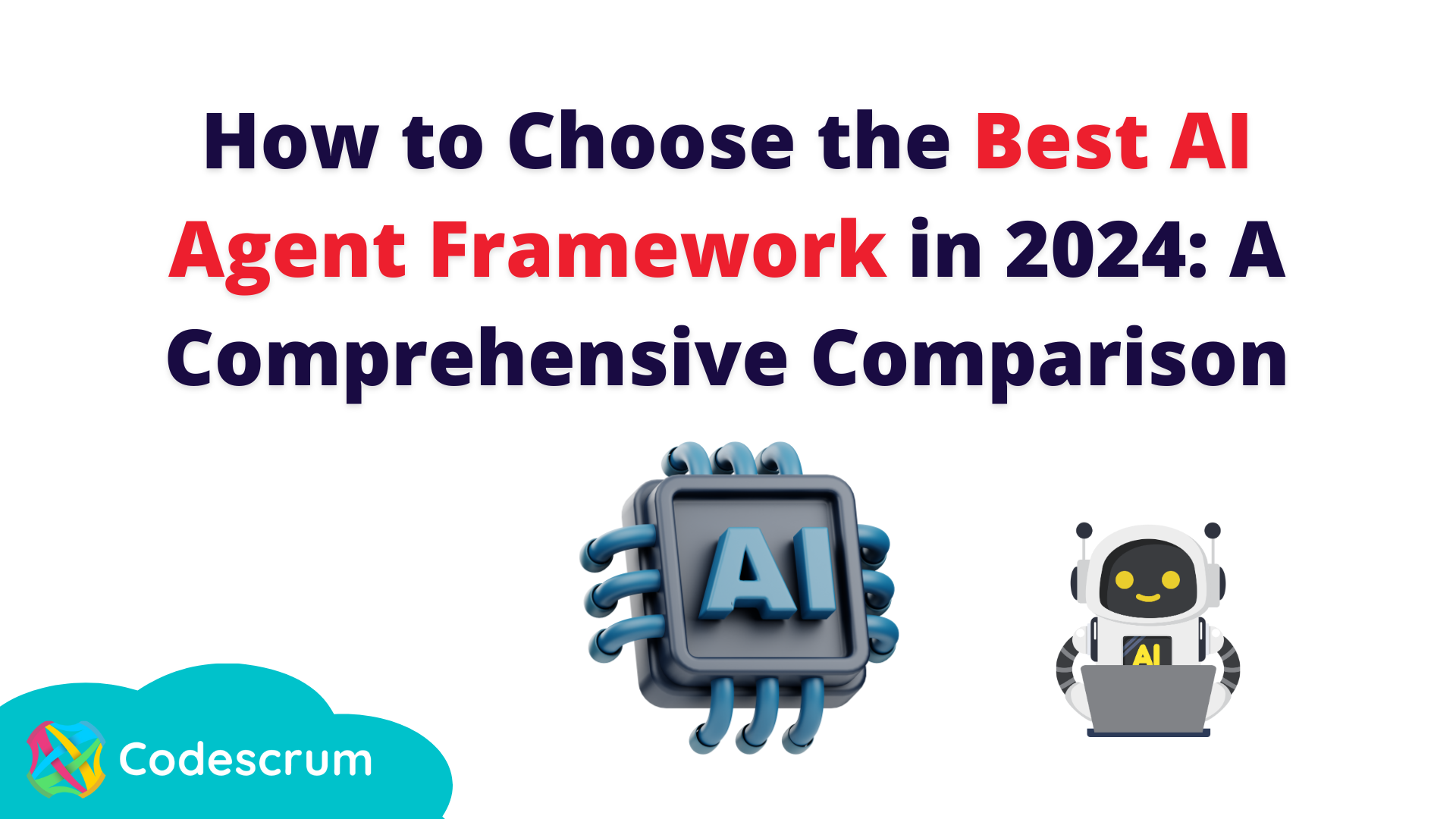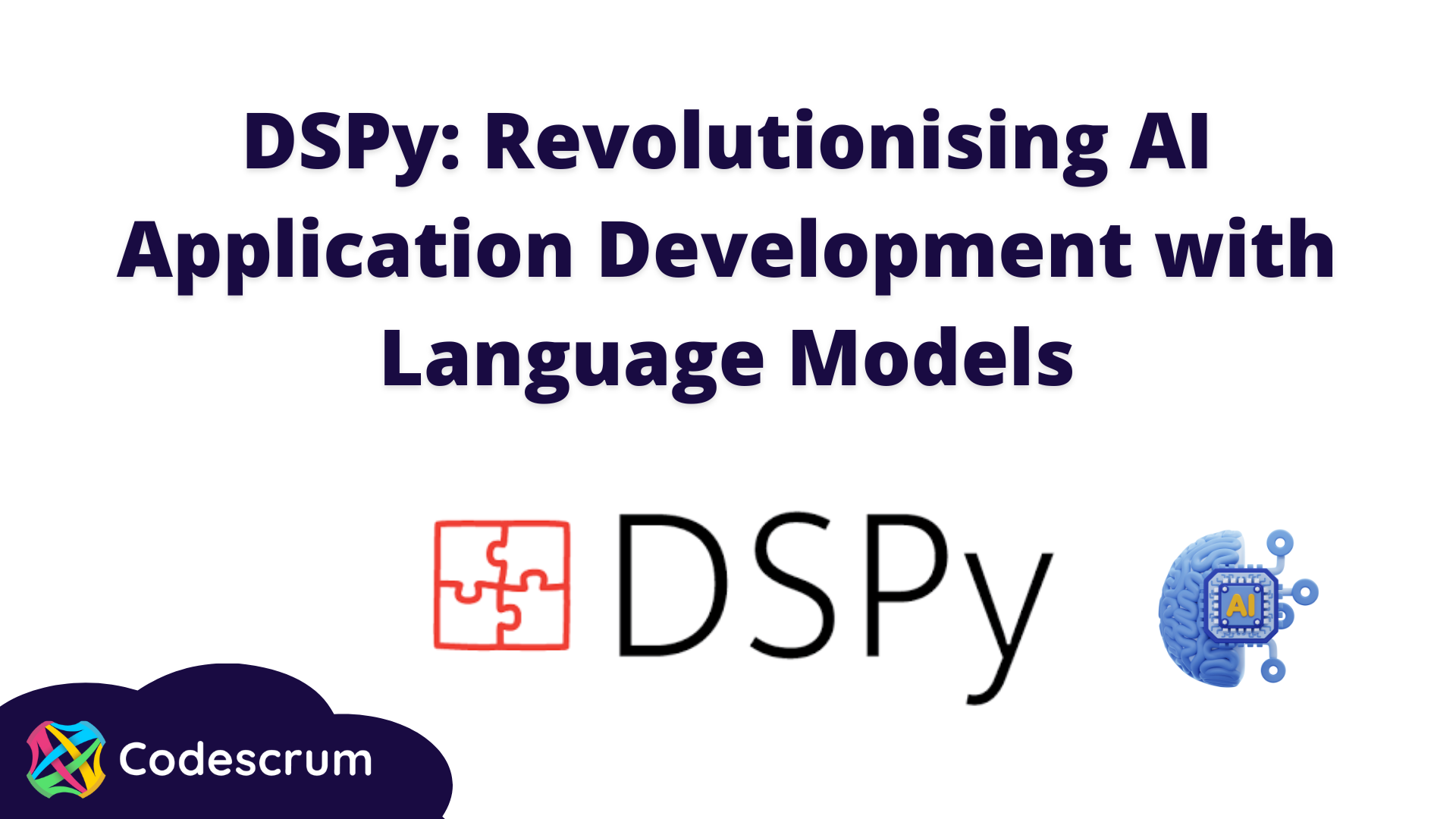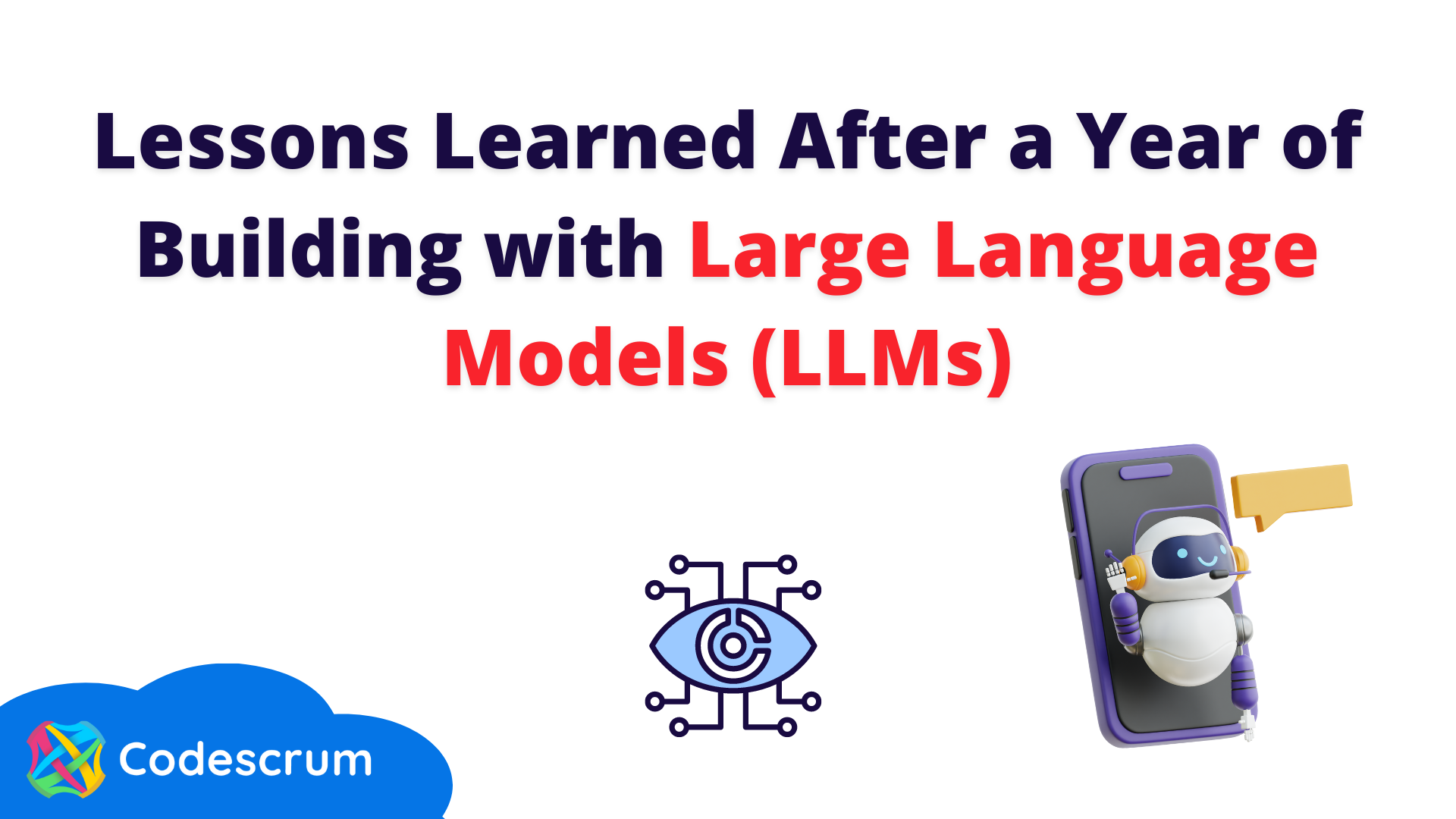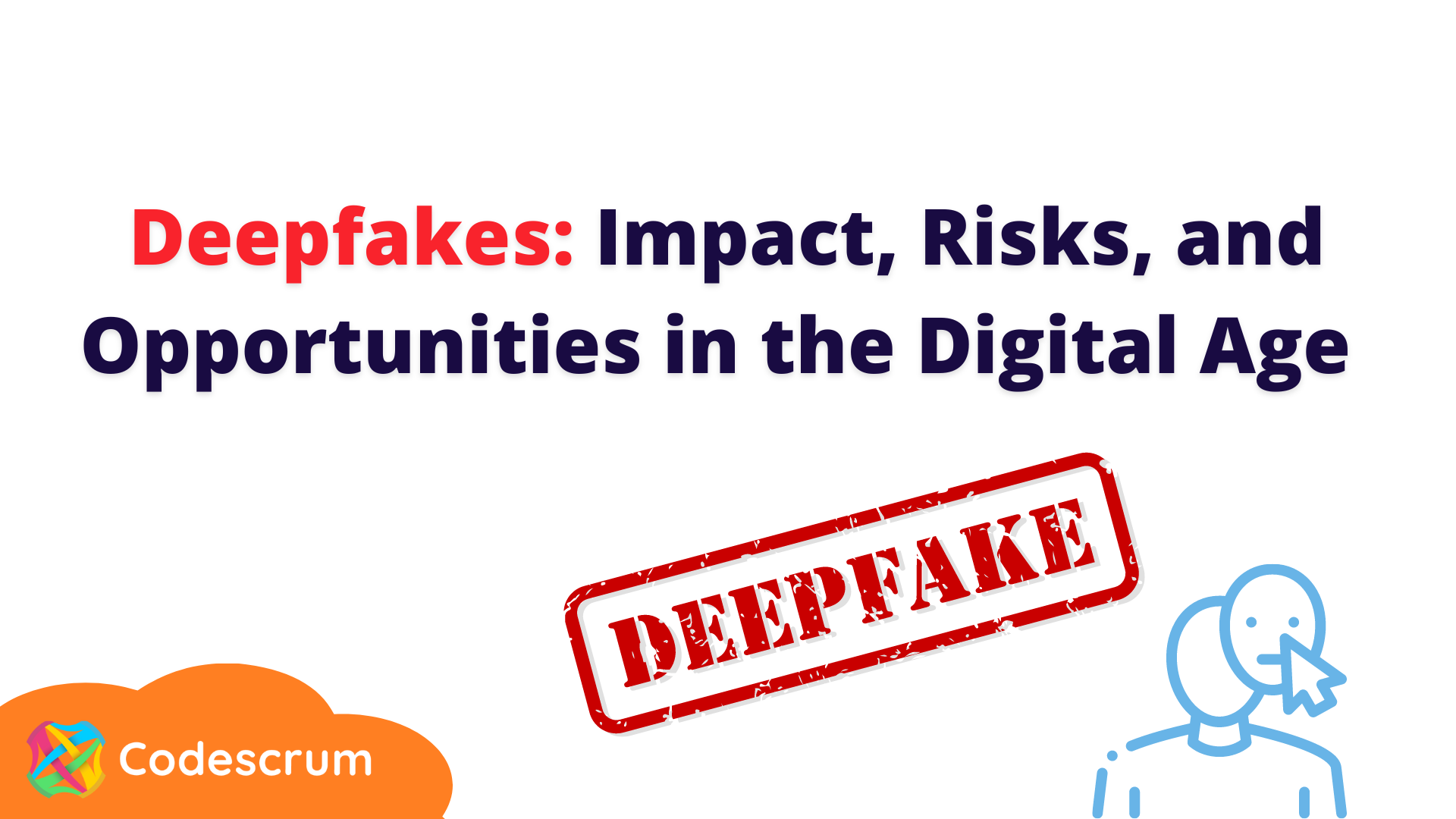Explore the Possibilities: OpenAI's Advanced ChatGPT APIs
Introduction
In the fast-paced realm of artificial intelligence (AI), OpenAI has once again showcased its unwavering commitment to technological progress. With the release of the GPT-4 API, its most advanced model, and the integration of the Code Interpreter in ChatGPT, OpenAI stands out as a leader in cutting-edge technology development. This article will delve deep into these innovations, their impact, and the prospects they offer for the future of AI-driven development.
Since its introduction in March 2023, the GPT-4 API has experienced extraordinary demand, reflecting its potential and desirability among developers. This state-of-the-art tool, boasting an impressive 8K conversation context, empowers developers to create innovative AI-driven products.
This milestone signifies a significant step in OpenAI's commitment to providing developers with the best possible tools. The general availability of the GPT-4 API unlocks doors to creativity and innovation and sets a precedent for future advancements in artificial intelligence.
In the upcoming sections, we will delve into the intricacies of the GPT-4 API, its significance in the AI landscape, and how this breakthrough can fuel the creation of innovative products.
Furthermore, we will immerse ourselves in other relevant APIs, such as GPT-3.5 Turbo, DALL·E, and Whisper, thereby expanding the array of possibilities for developers.
GPT-4 API: A Closer Look
The GPT-4 API, OpenAI's latest breakthrough, is engineered to fuel creativity and innovation in AI product development. This advanced model provides developers access to a potent tool featuring an impressive 8K context—a pivotal milestone in the evolution of natural language processing.
Access Milestone:
The GPT-4 API has generated unprecedented demand, and OpenAI has responded by granting general access. Developers now immerse themselves in a sea of creative possibilities, utilising the power of artificial intelligence.
Revolutionising AI Interactions:
Beyond a technological leap, the GPT-4 API redefines traditional AI interactions. Its structured interface replaces free-text requests, delivering superior results. Developers benefit from greater flexibility, specificity and robust security mechanisms, mitigating the risk of injection attacks and allowing them to manage diverse use cases and conversational needs.
Opening the Floodgates:
OpenAI's chat completion API has quickly become the top choice, making up 97% of GPT's API usage. What's more, OpenAI expects the GPT-4 API to unlock a wave of innovative products, expanding the scope of AI technology. Plans to expand access to new developers further underscore OpenAI's commitment to democratising cutting-edge technology.
Beyond GPT-4: Other Key APIs
Expanding OpenAI's suite of products, the GPT-3.5 Turbo, DALL·E, and Whisper APIs are now available for general use. Each exhibits distinctive qualities catering to scalable production. GPT-3.5 Turbo excels in handling completion tasks, DALL·E focuses on generating images from textual descriptions, while Whisper is a multilingual, multitask-trained automatic speech recognition system.
As these APIs prove ready for production and demonstrate robust functionality, OpenAI actively works on fine-tuning GPT-4 and GPT-3.5 Turbo. This initiative, expected to conclude by year-end, promises developers a new dimension of customisation and adaptability, showcasing OpenAI's commitment to staying at the forefront of AI technology.
Bidding Farewell to Older API Completion Models
OpenAI, in its pursuit of advancement, has set its sights on the API Completion models of yesteryear. As a concerted effort to optimise computing capabilities and focus on this newer API, OpenAI plans to retire older models using the API Completion in six months.
Starting in December 2023, the API Completion will be labelled as "legacy" in OpenAI's developer documentation, signifying a shift in focus towards the Chat Completion API. However, this move does not spell the end for the API Completion; it will remain accessible, albeit with a more limited scope and capabilities. The transition to newer models, commencing on January 4, 2024, assures developers an automatic upgrade from stable base GPT-3 models, exemplifying OpenAI's commitment to streamlining transitions and minimising disruptions as technology advances.
The Arrival of Code Interpreter in ChatGPT Plus
A revolutionary addition to ChatGPT Plus is the Code Interpreter. This feature has the potential to redefine how we work with data, enabling ChatGPT to execute code seamlessly. Users can perform myriad actions, including data analysis, graph creation, file editing, and mathematical operations.
Developers can effortlessly opt for this groundbreaking feature through settings, placing them on the cusp of immense potential. The Code Interpreter marks a significant step in addressing regular and complex data science use cases. The primary function of the Code Interpreter is to execute code on datasets, simplifying tasks such as data modelling, visualisation, and analysis.
Practical Scenarios with the Code Interpreter
Let's envision a real-world scenario: analysing social networks amidst the emergence of a new platform, causing existing ones to lose appeal due to policy changes.
With the Code Interpreter, one can command the modelling of a potential cascading collapse of the existing network and subsequent migration of users using techniques derived from research articles.
Not only can one model the potential scenario, but the Code Interpreter also facilitates the creation of graphical representations of the results. This versatility and the ability to address complex problems elevate the Code Interpreter as an essential tool in any data science toolkit.
Experience Code Interpreter with VizGPT
But what if you're not a ChatGPT Plus paying user? Enter VizGPT, which is available for exploration right now! VizGPT comprehends your data and generates visualisations based on your descriptions.
Taking the convenience and efficiency of ChatGPT to the next level, VizGPT allows you to create more intricate, detailed, and customised visualisations. For instance, effortlessly generate a heat map by uploading a CSV file to VizGPT and engaging in a conversation.
The possibilities with VizGPT in data visualisation are virtually limitless, making data analysis and visualisation more accessible to everyone, regardless of their programming skills.
Conclusion
In essence, OpenAI asserts its leadership at the forefront of artificial intelligence, showcasing strides from the introduction of GPT-4 to the groundbreaking innovations of the Code Interpreter and VizGPT. This exhilarating journey marks a promising future and underscores OpenAI's unwavering commitment to innovation, unveiling a panorama of boundless possibilities in the ever-expansive realm of artificial intelligence technology.
